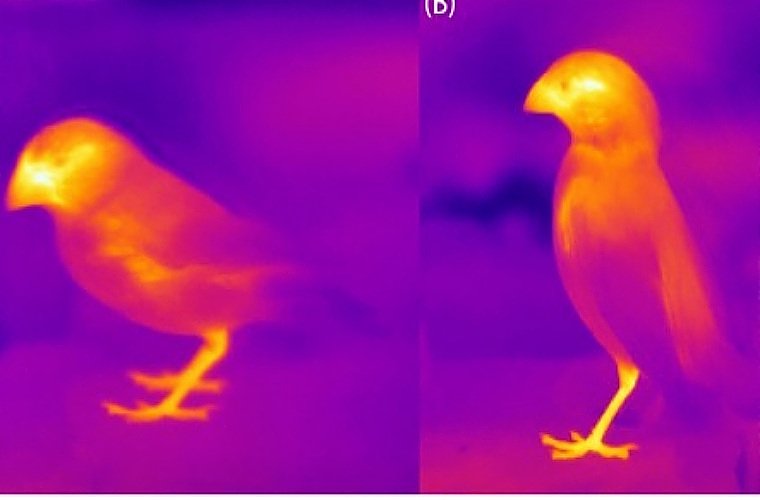While humans continue to debate the causes, effects, and possible solutions to a steadily warming climate, animals are forced to adapt or die. Some species are likely already doomed, but new research from Deakin University in Australia indicates that many others are shape-shifting, and rapidly changing their biology in a last-ditch effort to survive.
This “shape-shifting” described by the Deakin research team, includes animals growing longer legs, larger beaks, and even bigger ears, all in hopes of continuing to thrive in an ever-warming environment.
“A lot of the time when climate change is discussed in mainstream media, people are asking ‘can humans overcome this?’, or ‘what technology can solve this?’” says lead researcher Sara Ryding in the press release announcing the study’s results. “It’s high time we recognized that animals also have to adapt to these changes, but this is occurring over a far shorter timescale than would have occurred through most of evolutionary time.”
Background: Turn and Face The Strange?
Published in the September 7th edition of the journal Trends in Ecology and Evolution, the study notes that climate change itself is an ever-evolving phenomenon, so the team was initially hesitant to connect any animal physiology changes to such a dynamic cause. However, as the press release points out, “these changes have been occurring across wide geographical regions and among a diverse array of species, so there is little in common apart from climate change.”
That constantly increasing temperature, the researchers indicate, has forced animals, particularly warm-blooded ones, to adapt their physiology to the changes taking place around them. To confirm this trend, Ryder and her team focused on birds, where the largest amount of anecdotal shapeshifting has been observed.


Analysis: Are Animals Shape-Shifting Due to Global Warming?
First, the team found that several species of Australian parrot had displayed a 4%-10% increase in bill size since 1871. This is a significant increase in just 150 years, the research paper indicates, and one that has been “positively correlated” with the summer temperature each year.
This same correlation was also noted among North American dark-eyed juncos, a type of small songbird, where short-term extremes of warmth in otherwise cold environments have been linked to increased bill size. The study authors also found temperature-driven changes in certain mammalian species, including, “reported tail length increases in wood mice and tail and leg size increases in masked shrews.”


Of course, Ryding points out, “the increases in appendage size we see so far are quite small—less than 10%—so the changes are unlikely to be immediately noticeable.” However, she also notes that “prominent appendages such as ears are predicted to increase—so we might end up with a live-action Dumbo in the not-so-distant future.”
Outlook: Not All Change is Good
In her next phase of research, Ryding says she is planning to investigate shapeshifting in Australian birds firsthand, including “3D scanning museum bird specimens from the past 100 years.” This effort, she says, will give her team a better understanding of which birds are shape-shifting due to climate change and why those specific changes may be taking place.
In the study’s conclusion, Ryding makes sure to point out that even if these animals are displaying adaptations that may improve their chances in an ever-changing environment, it doesn’t mean that those changes will be enough to ensure survival.
“Shapeshifting does not mean that animals are coping with climate change and that all is ‘fine,’ said Ryding. “It just means they are evolving to survive it—but we’re not sure what the other ecological consequences of these changes are, or indeed that all species are capable of changing and surviving.”
“The climate change that we have created is heaping a whole lot of pressure on them,” Ryding added, “and while some species will adapt, others will not.”
Follow and connect with author Christopher Plain on Twitter: @plain_fiction
Don’t forget to follow us on Twitter, Facebook, and Instagram, to weigh in and share your thoughts. You can also get all the latest news and exciting feature content from The Debrief on Flipboard, and Pinterest. And subscribe to The Debrief YouTube Channel to check out all of The Debrief’s exciting original shows: DEBRIEFED: Digging Deeper with Cristina Gomez –Rebelliously Curious with Chrissy Newton

